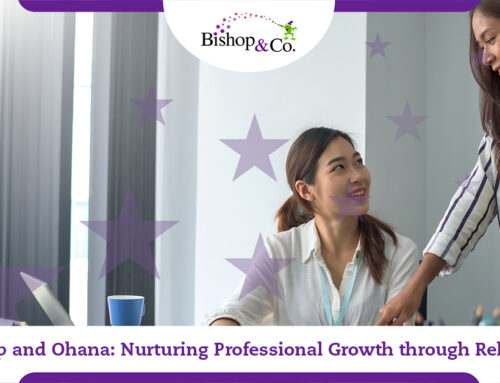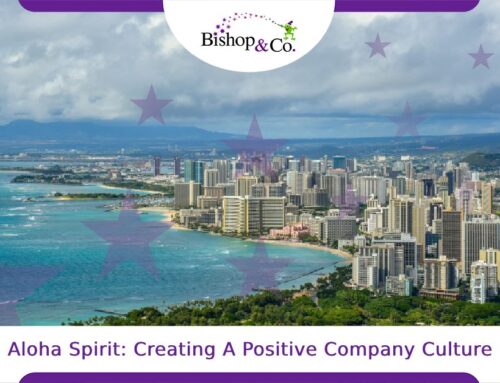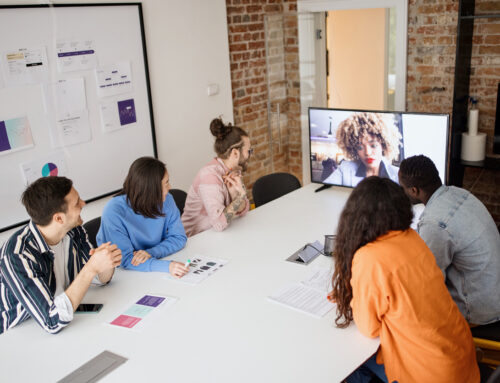They say the only constant is change, and that is no exception for the labor force. As more baby boomers leave employment and Generation Z joins the workforce, organizations are placed in a unique position; harnessing the strengths of the multigenerational workforce.
If you are fresh from college, you will most definitely work with both old and young people. Indeed, the old myth that older people are not averse to today’s digitalized world is just that. Indeed, 86% of global corporations that implement the multigenerational workforce model in their hiring report its significant value in their success and growth. Read on to find out more.
Understanding the Multigenerational Workforce
A multigenerational workforce is personnel made up of members from different generations. As the average human lifespan rises, people are increasingly choosing to work much past the traditional retirement age. The current workforce has the widest age diversity ever.
Types of Generations
In any workplace with a multigenerational workforce, there are already 5 generations in that space. These generations include: Those born before 1945 referred to as Traditionalists, those born after the 1960s called Baby Boomers, those born between 1965 and 1970s called Generation X, and Millennials people born after 1994. Generation Z is made up of those born in the 2000s. Soon they will hit the job market.
Because every generation has its own unique encounters and exposure to work paradigms, all these generations bring different skills and expertise to the workforce.
Benefits of Hiring a Multigenerational Workforce
In case your organization needs to employ or recruit an effective workforce, then you could never go wrong with a multigenerational workforce. Here’s why:
- Diverse perspectives: Different generations perceive work obligations differently. Sharing viewpoints within and across teams brings in a wider range of skills and knowledge to drive innovation.
- Problem-solving abilities: Creative problem-solving is sparked by fusing different viewpoints and talents. Our ability to relate to and work with people to resolve problems and conflicts is influenced by our life experiences. Teams with age diversity can therefore offer a variety of approaches to solving issues.
- Learning opportunities: The more varied a team is, the more opportunities there are for interaction and learning from one another’s perspectives. This offers mutually beneficial opportunities for mentoring More experienced employees can give advice on career advancement to younger employees. Additionally, the current trend of reverse/cross-generational mentorship enables less experienced employees to teach more experienced or older ones by sharing their knowledge of modern trends and technologies.
- Knowledge transfer and retention: The knowledge and assets that each generation brings to the table better position the company to meet its future leadership requirements. Tacit expertise is preserved by a strong internal talent pipeline as the emphasis is more on internal promotion and less on hiring from outside.
- Unique Relationships: Meaningful relationships between multi-generational co-workers can help meet the emotional needs of employees and contribute to job satisfaction. The organization’s age diversity mimics a family structure and provides the opportunity for interpersonal connections with people from different generations.
How to Hire or Recruit a Multigenerational Workforce
As one of the most well-respected staffing agencies in Honolulu, Bishop & Co. is the best firm to contact in case you are looking for the best talent from all generations. We streamline the process of staffing game-changing talent and provide government, non-profit, and small and large businesses with high-impact and quality candidates from support staff to senior level.
Our professional recruiters provide solutions that work so that you get the best fit for your organization. For those seeking employment, we link you up with jobs that match your skills and interests. Contact us today.






Leave A Comment